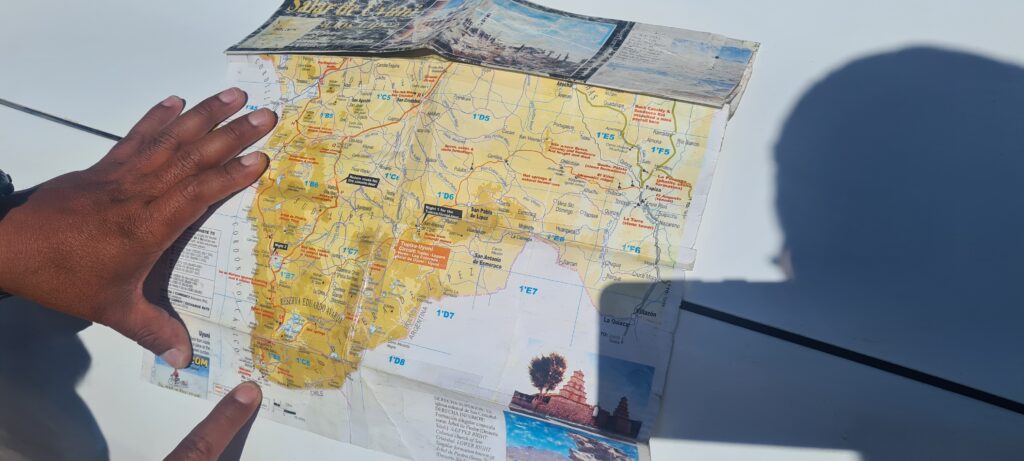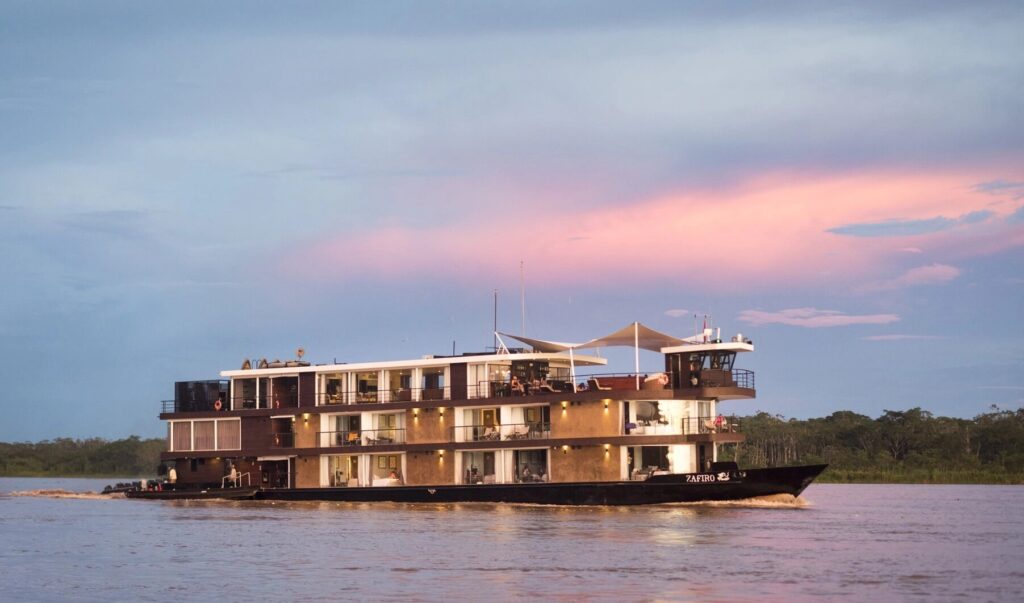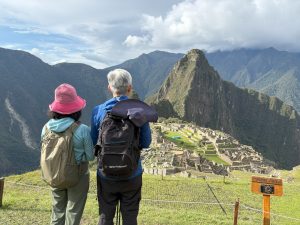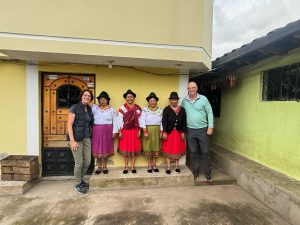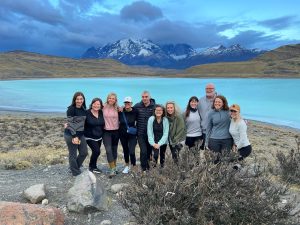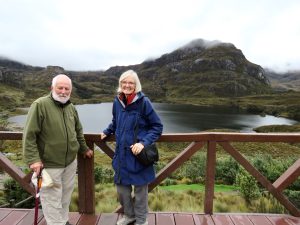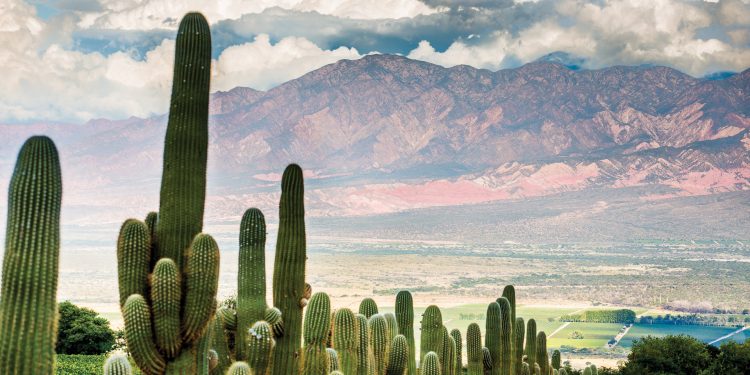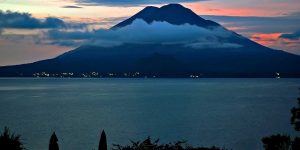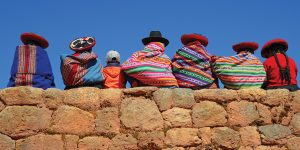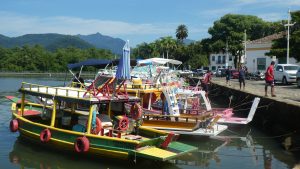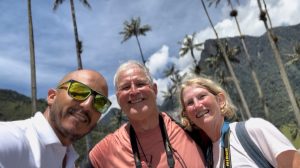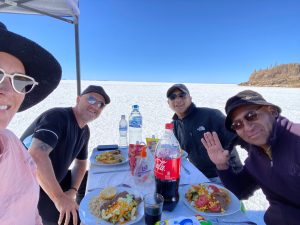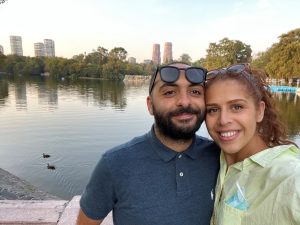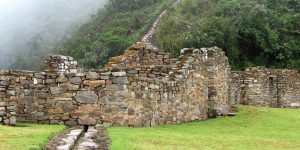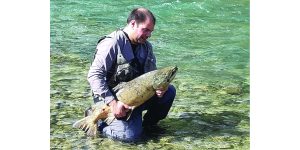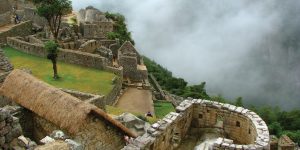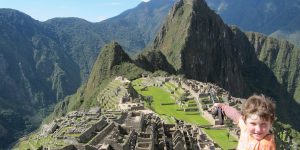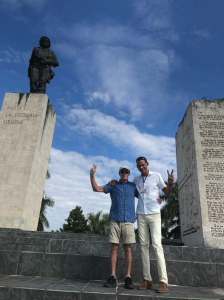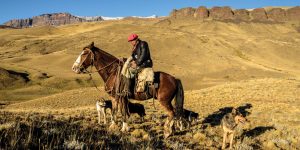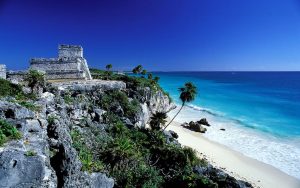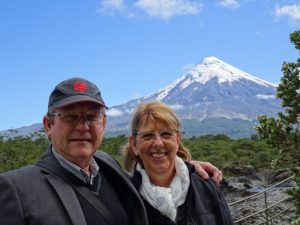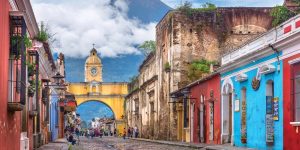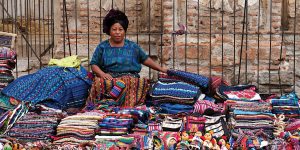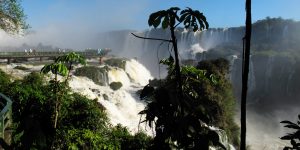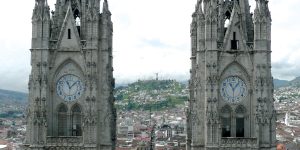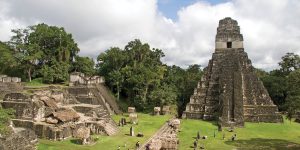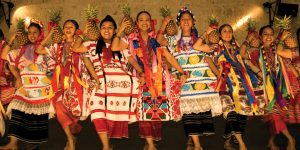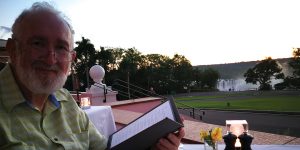For Mexicans, the Day of the Dead is a joyful celebration, where they remember family members who passed away. It is a celebration of their life and what they enjoyed: food, music, and family reunions! Most of you have probably heard of this celebration. But, perhaps you’d also like to know where to experience the most authentic celebrations on your next trip to Mexico.
We have all fallen in love with the Pixar movie Coco (seriously, if you haven’t seen it, it’s about time!) but seeing all those colourful celebrations is a reality when you visit Mexico in November. Add the real-life flavours, sounds, and smells, and you will understand why this festivity is a Mexican favourite.
Day of the Dead: what you need to know!
- Book in advance! Oaxaca and Michoacan are fully booked up to a year before the celebrations. If you want to experience these places, we strongly recommend you contact your travel agent well in advance.
- Day of the Dead is a national holiday, and every single town has its specific tradition. Why? Because it’s a festivity that fuses indigenous and Catholic beliefs. So depending on the region’s cultural background, the elements of the feast will vary. What you will see in the centre of the country will not be the same as in the south! (Continue reading to know where you can go to see some authentic and different celebrations)
- Festivities start on the 28th of October. Some people dedicate a day to the ones who passed away in an accident. On the 30th of October, the honour goes to the children who were not baptised. Whereas, the 1st of November is dedicated to children and the 2nd to adults. Also, in some particular towns, there is an extra day ( the 8th of November) to celebrate the so-called ”the eighth” (La octava, in Spanish) which officially ends the Day of the Dead celebrations.
- Like many countries, Mexicans also celebrate Halloween. So you will also see Halloween parties and customs. But, do not confuse Halloween with the Day of the Dead! They have very different meanings.
Now, for those wanting something different, we have a few suggestions for you to check out:
San Andres Mixquic
If you are in Mexico City, this is the place to be. Located in the southeast part of the city, in Mixquic you will encounter the surreal world of the dead, which blends with the living world in the candlelit cemetery.
Extra Tip: You can see the massive offerings displayed on the National University campus (UNAM) and enjoy the Day of the Dead’s parade in Paseo de la Reforma.

Huaquechula, Puebla
If you are near Puebla, you don’t want to miss this hidden cultural gem: Huaquechula. The offerings in this town are very different from the others as they are dedicated to the community members that passed away recently. The altars are done in pyramidal structures of 3 or 4 levels. The first level is the tangible world, represented by a mirror which also embodies the door to the underworld. The second level is heaven, and based on a strong Catholic heritage, you will see religious icons here. The third and fourth level is the celestial peak represented by the crucifix. These altars are nothing like the ones you will see in other places, which is why they were included as part of UNESCO’s World Heritage List.
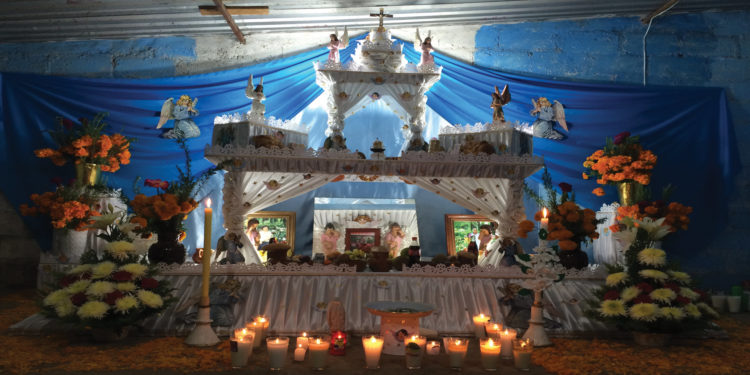
Janitzio and Patzcuaro, Michoacan
If you are in the area, this is the most well-known site for the celebration of the Day of the Dead. It is hard to book accommodation here, so do it well in advance. Patzcuaro is a lake and Janitzio is the island in its middle. You will be able to see the offerings and nightly celebrations both inland as well as in the fishermen’s boats. This is the most popular place to celebrate for locals, so it gets busy.
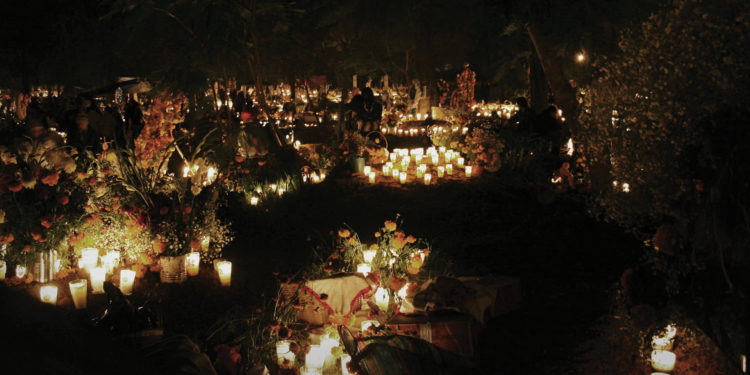
No matter where you are in Mexico during these dates you will most likely see the celebrations, so take a walk around the centre of the cities and towns. The cemeteries are also suitable places to gaze at the local traditions and – why not – to celebrate your departed loved ones too!

